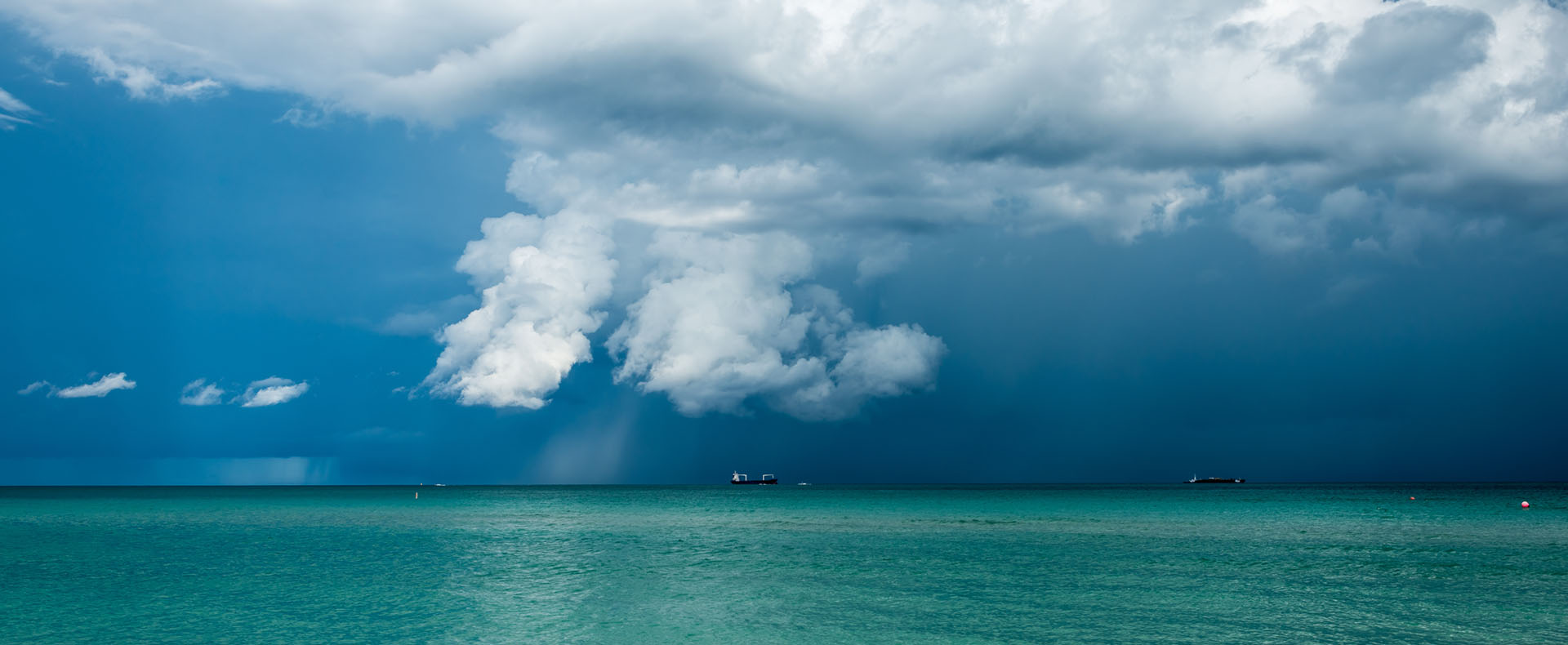
Florida suggests seven day supply for hurricane season
Florida Division of Emergency Management wants residents to be thoroughly prepared for the 2020 Atlantic Hurricane Season starting June 1. After assessing damages done from hurricanes in the past few years, Floridians are encouraged to have at least 7 days of supplies.
There are times when the best option might be to shelter-in-place if evacuation is not necessary and your residence can provide a safe environment during a storm or other emergency situation. This could require you to be self-sufficient for a week or longer, depending on the situation. If your special needs require assistance for day-to-day tasks, make sure you have a caregiver, family member or friend that can stay with you at all times. Florida reminds residents that the best place to shelter is outside the evacuation area, in a safe and secure structure. If your home meets safety requirements though, it may just be your best option.
After assessing damages done from hurricanes in the past few years, Floridians are encouraged to have at least 7 days of supplies.
– Florida Division of Emergency Management
Florida’s Division of Emergency Management provides the following advice:
Monitor the Situation
Oftentimes, emergencies or natural disasters can go from bad to worse in a very short time. It is very important to monitor the situation on radio or television news reports in the event an evacuation is ordered. If local authorities do order an evacuation, remember it is in your best interest to do so immediately. Visit the Evacuation and Shelters section of the Web site for important evacuation information.
Be Prepared
Your Emergency Kit should be compatible for both an in-place sheltering and an evacuation. At a minimum, your kit should include all your daily necessities and basic resources that would allow you to live on your own for 3 to 7 days. For a detailed listing of items to include in your Emergency Kit, click here.
Safety Tips
Although your home can be a safe place to ride out an emergency, there are potential hidden dangers that may not be obvious on first glance.
- If necessary, take refuge in an interior hallway or smaller room with no windows, such as a closet near load-bearing walls
- Keep a fire extinguisher nearby and only use hand cranked, solar powered or battery-operated lamps or flashlights
- Be sure to leave a clear path to exit in case of a fire
- If you need assistance getting out of your building and rely on an elevator, make sure you have a way to leave your home before you decide to shelter in-place
- Make sure there are other exits such as stairs, windows or ramps that you could use if the electricity goes out and the elevator does not work
- Have a list of personal contacts you could call on a cell phone that could help you evacuate if you need to leave your home or building and need assistance
- Prepare for several different types of disasters (fire, floods, hurricanes, acts of terrorism, etc.) and determine the safest place in your home for each emergency
During the past three years, four hurricanes have made landfall in Florida, including Hurricane Michael, the first hurricane to make landfall in the U.S. as a Category 5 since Hurricane Andrew in 1992. To get you and your family started on planning, Florida has created a website to walk families, businesses, and those with special needs through the disaster plan process at FloridaDisaster.org/GetAPlan.

